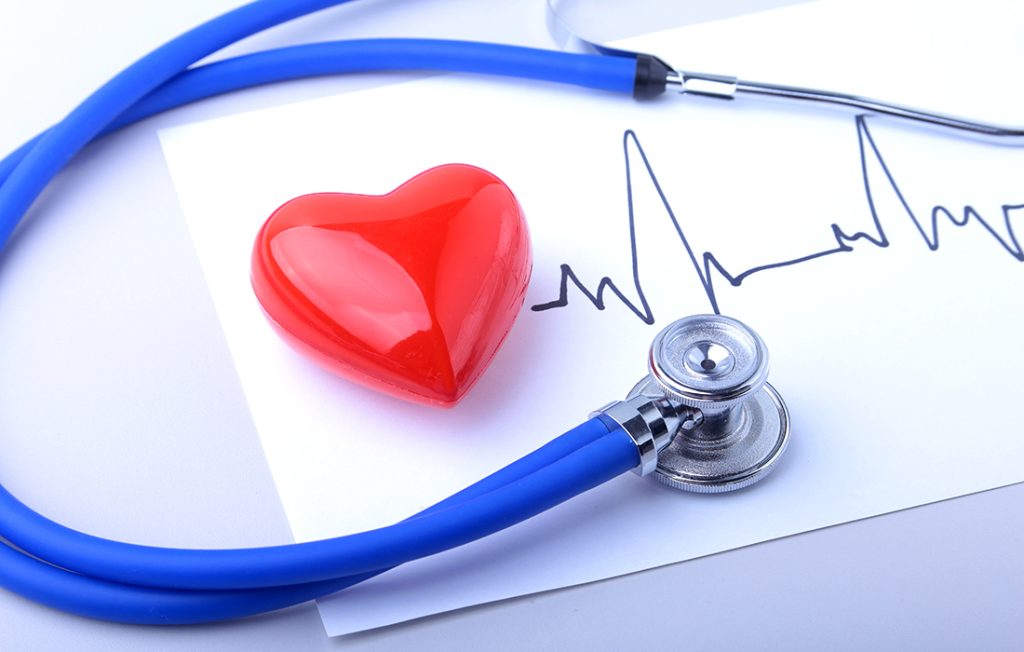Dr Philippa Kaye On Heart Attacks In Women

Dr Philippa Kaye flags up the very different symptoms of heart attacks in women and gives advice on how to prevent them
I telephoned Marcia last week to see how she was doing after I received some letters from the hospital about her.
Marcia is 58 and has had high blood pressure for a few years, attends her check-ups and was otherwise generally fit and well. She told me that she had rung the surgery two weeks earlier on a Monday morning saying that she had been feeling dizzy and unwell since the early hours of the morning. The receptionist asked if she had any shortness of breath or chest pain and she had replied that her chest felt tight but not painful and she felt a little sick.
The receptionist put her straight through to a doctor who advised her to call 999. Marcia hadn’t wanted to, she didn’t think she was unwell enough, but she did go to hospital and was told she was having a heart attack.
She had a stent put in and was later discharged with medication, but she was extremely surprised by the diagnosis. She thought heart attacks didn’t happen to women, and that she would be in more pain. Thankfully she got the treatment she needed in time.
Heart disease is the leading cause of death in women
It’s a misconception that heart attacks only happen in overweight men in their 50s and 60s. Actually coronary heart disease is the leading cause of death in women all over the world. In the UK, twice as many women die from coronary heart disease as do from breast cancer and almost 100 women are admitted to hospital every day after a heart attack.
What causes a heart attack?
In coronary heart disease (CHD), also called ischaemic heart disease, blood vessels become narrower due to atherosclerosis, a build-up of fatty deposits in the blood vessel walls. Your heart has to pump harder to get blood through these narrowed vessels.
The heart is a muscle and is supplied by arteries. If the arteries get too narrow, the blood supply to the heart itself may become restricted. If a piece of this fatty deposit breaks off and blocks the coronary artery, blood and oxygen are unable to reach the heart muscle, leading to a heart attack.
What are the risk factors to consider?
There are lots of risk factors which increase your chance of developing coronary artery disease: high cholesterol and high blood pressure; obesity, smoking, diabetes, sedentary lifestyle and more.
What are the symptoms of heart attack in women?
The classic symptoms – central, crushing chest pain which can radiate into the jaw or arm, sweating, shortness of breath and nausea, are actually the classic symptoms of a heart attack in men. Women can get these too but they may differ in severity or have other symptoms. Marcia described chest tightness, mentioned more by women than pain. There can also be pressure in the upper back, pain in one or both arms, the neck, jaw, stomach or back.
Women also describe shortness of breath, dizziness, light-headedness, nausea, burping or fainting, as well as a feeling of sudden, intense fatigue. Some women who were later found to have had heart attacks thought their symptoms were related to flu.
If you have any of these symptoms for more than five minutes, call 999. As with so many aspects of medicine, time matters; depending on the type of heart attack, treatment may need to be given within a short window of time. You are likely to have an ECG, be given oxygen and pain relief. If a heart attack is confirmed, treatment will depend on the type of heart attack but may include medication to break down clots and/or an angioplasty to widen and stent the arteries.
How to prevent a heart attack
Some factors which increase your risk of coronary heart disease are not within your control such as family history and age. There are also modifiable risk factors. The NHS health check, offered to people over 40 without other health conditions, includes a blood pressure, cholesterol and diabetes check. If you have any of these, keeping them under control with lifestyle and/or medication will help cut your risk. Stop smoking if you smoke, eat a healthy, varied diet, try to reach a healthy weight and most importantly, keep physically active.
Advice given in this article and on the My Weekly website and magazines is not meant to replace personalised medical advice from your doctor. If you have any health concerns please see your doctor.
Article written on February 9, 2023; article reviewed and updated on September 4, 2024.
Each week we’ll ask Dr Philippa Kaye to talk about a prominent health issue, so look out for more articles in our health and wellbeing section in coming weeks. Read her advice on Whiplash, Ulcerative Colitis, Pre-diabetes, Skin Cancer, Allergies, Parkinson’s Disease, Shingles, Ovarian Cancer, Endometriosis, Long Covid and Ticks and Lyme Disease.






